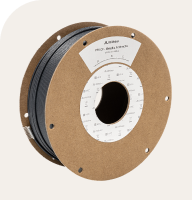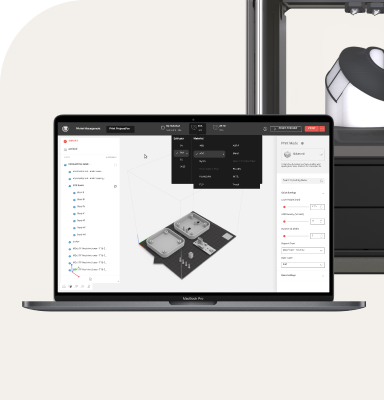Militaries and defense organizations around the globe are increasing their adoption of 3D printing.
Additive manufacturing technologies are well-positioned to improve several aspects of defense production processes. According to the U.S. Department of Defense’s Additive Manufacturing Strategy published in 2021, 3D printing has a number of benefits for the defense sector, including “modernizing national defense systems” through optimized AM design, producing innovative solutions and devices on the front lines and “increasing material readiness” through accelerated development and on-demand production of spare parts.[2]
In this article, we will be exploring how these benefits are being realized by militaries and defense groups around the globe, as well as how UltiMaker’s 3D printing solutions are ideally suited to meet the stringent standards and agility required in military applications.
3D Printing Applications in Defense
Applications in the defense and military sectors have been evolving steadily over the years, from rapid prototyping to various production applications that provide value in terms of efficiency, logistics, and safety. Below are the leading application areas for additive manufacturing in defense sectors around the world.
Spare Parts
One of the most game-changing applications for 3D printing in the defense sector is the on-site production of spare parts. Since 3D printing technologies can be deployed in remote locations or even on the front lines, the technology facilitates the production of replacement parts on demand. This has huge benefits when it comes to logistics and military supply chains. For one, troops deployed in remote locations are more self-sufficient when they can print parts they need on the go. This capability also eliminates the need to transport extensive inventories of spare parts; instead, troops must simply bring a 3D printer and materials to print the parts that they need when they need them.
Continue reading the full story at Wevolver...!
- Tools & Equipment Enhancements
- Medical Devices
- And more.
References:
























